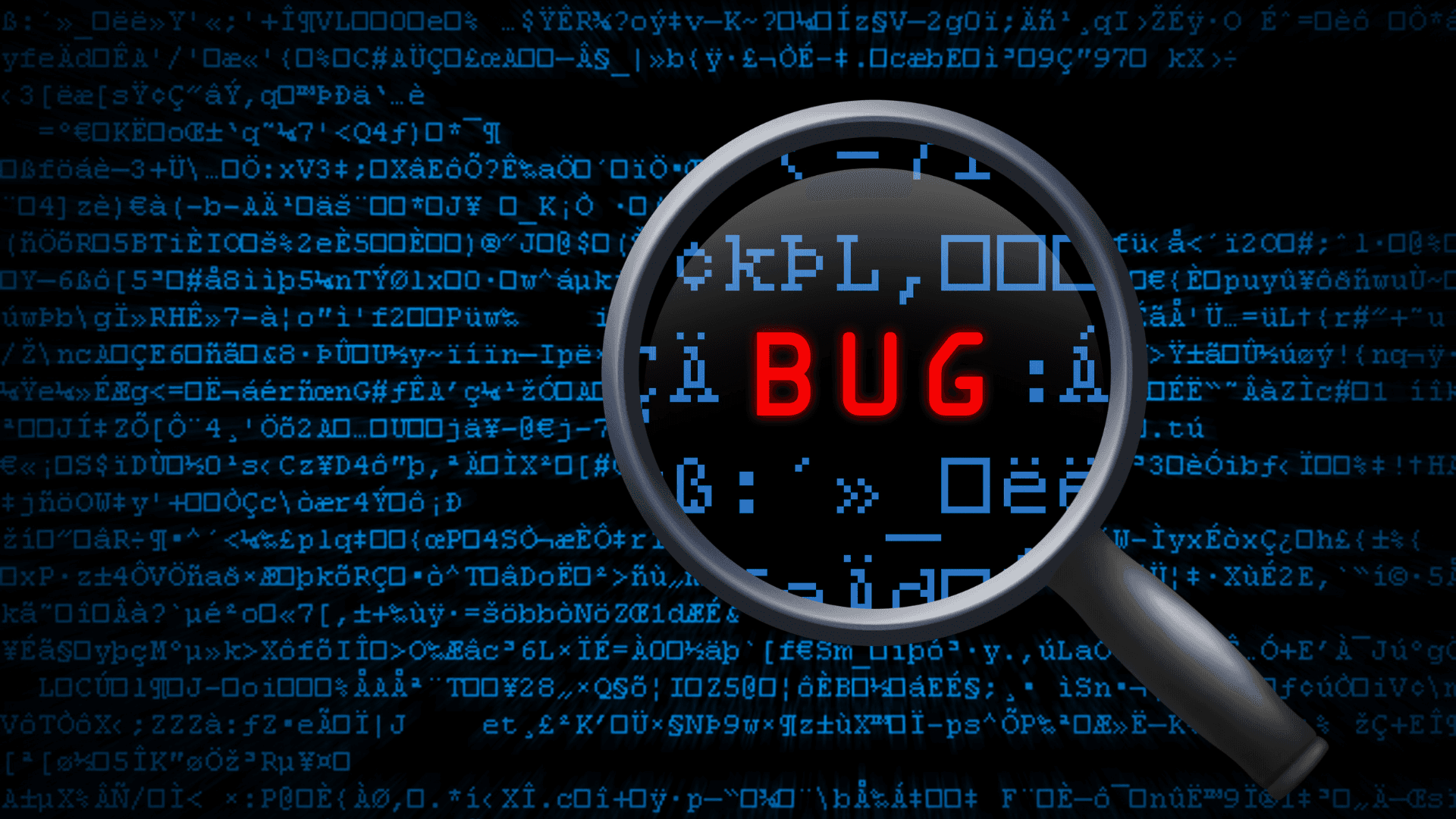Since September 2024, Russian hackers have been using an exploit of 7-Zip vulnerability to bypass the Windows security feature known as the Mark of the Web (MotW). This vulnerability has been used in SmokeLoader malware campaigns, particularly targeting the Ukrainian government and private organizations within the country.
What is Mark of the Web (MotW)?
The Mark of the Web (MotW) is a security feature in Microsoft Windows that marks files downloaded from the Internet as potentially unsafe. When a file is downloaded, Windows attaches a special tag to it using the Alternate Data Stream (ADS) feature of the NTFS filesystem. This tag warns users when they attempt to open the file, alerting them that it could be harmful.
MotW prevents user activities like allowing Microsoft Office applications to run Macros on certain activities, only on permission by users. It safeguards against attacks when it notifies and raises the alarms to users against dangers associated with opening files.
How is MotW Bypassed in Attacks?
Attackers exploited the Mark of the Web (MotW) bypass vulnerability in 7-Zip through a technique involving nested archives. Here’s how they did it:
Double Archiving: Attackers created an archive (e.g., a ZIP file) and then placed this archive inside another archive. This double-archived file was designed to strip the MotW tag from the inner archive.
Hiding Malicious Content: The malicious payload was placed within the inner archive. When extracted, the files appeared safe and were not flagged by Windows security features.
Phishing Campaigns: These double-archived files were distributed through phishing emails, often disguised as legitimate documents or files.
Executing Malicious Code: When users extracted and opened the files, the hidden malicious code executed without any warnings from Windows, allowing the attackers to deploy malware such as SmokeLoader.
This method allowed attackers to bypass security checks and deliver their malware to targeted systems undetected, particularly focusing on the Ukrainian government and private organizations.
Based on our research, the following Ukrainian government entities and organizations have been directly targeted or affected by this campaign:
These organizations have been significantly impacted by the zero-day exploit, highlighting the urgent need for enhanced cybersecurity measures.
Potential Indicators of Compromises (IOCs):
In the upcoming blog, we will provide a technical analysis of this vulnerability.
Stay tuned and stay vigilant!


